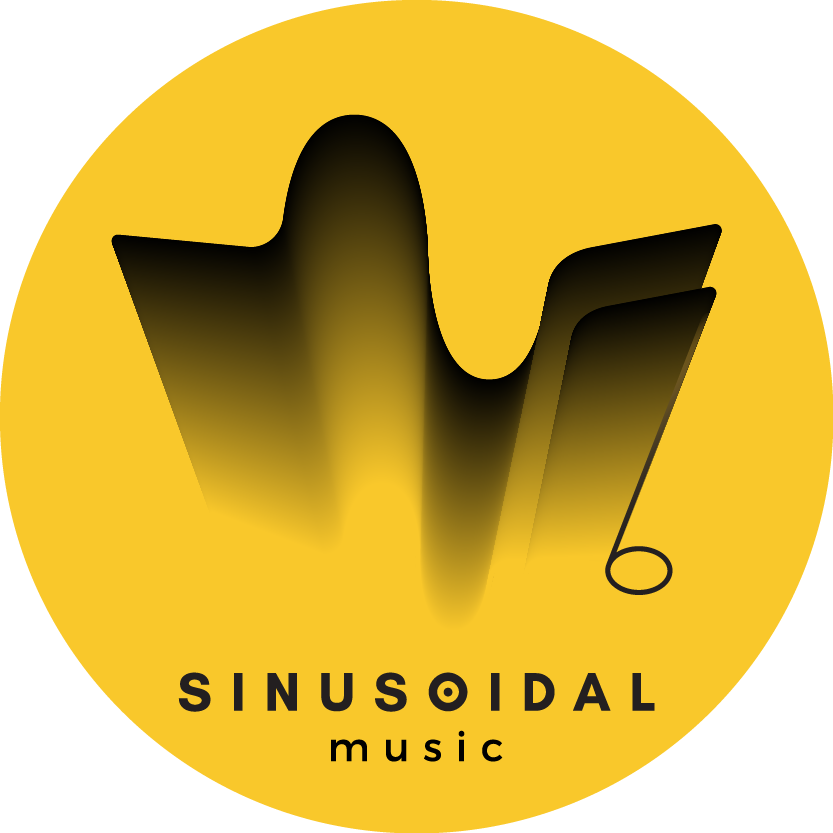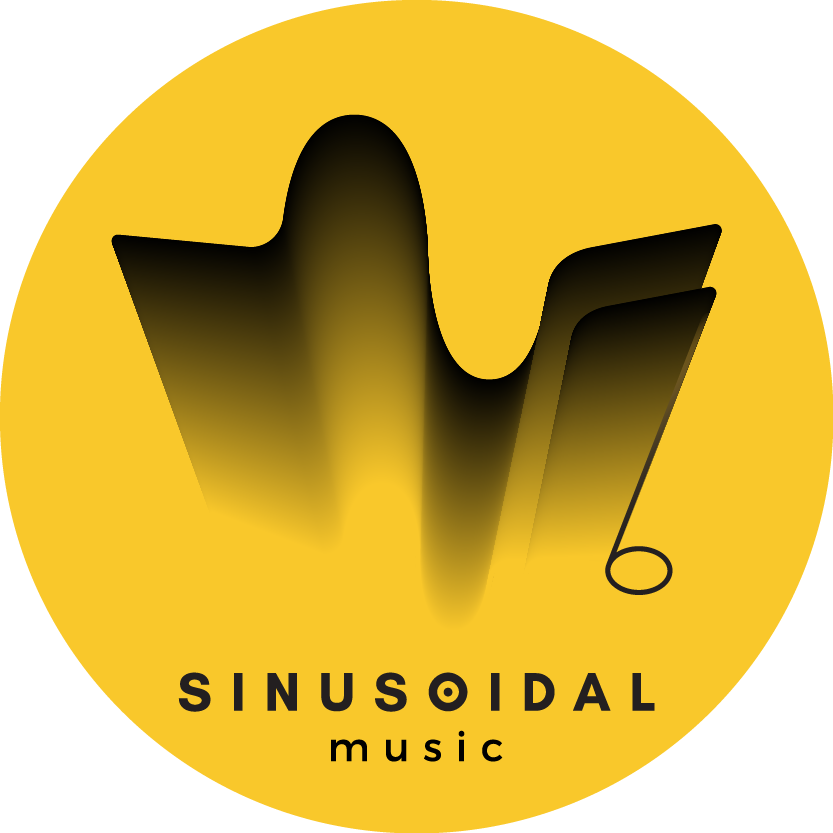Whether it is the catchy hook lines to our favorite chart busters. Or be it those brilliantly written Dylan or Cohen type of songs, each song has its unique flavour which makes us feel things in different ways. But ever thought what goes into the minds of the composers or songwriters while creating them? Where do they get the idea for the melody? Or the words? Or the rhythm section or the different parts of the song – which part comes after which one – well, clearly songwriting can be overwhelming since a song is a lot of things going together and sometimes it gets really difficult where to start and what to do next. This guide will help you keep in mind the tools for a good song so that you can finally get started on the songwriting journey!
This is a step by step plan on how you can get started with your song. We will talk about common song structures, how to find the chords to the song, how to find a melody that goes with the chords and then to figure out the words – what do you want the song to be about depending on the mood that we have set.
The nuances of effective songwriting – Melody, Narrative, and the Harmonic Bed
Please note that the steps mentioned here are just a guideline and it is perfectly fine if you do not follow the same sequence or every instruction. Since songwriting can be extremely personal, there can be numerous ways to come up with the same song. Talking from personal experience, I myself do not have a sequence figured all the time, in fact most of the time. Sometimes it’s that melody playing on top of my head from the last night which I try to put into words adding a rhythm to it, sometimes it’s my rantings ranted out in a tune with some background music, but all that it needs to be is a series of words put into a melody, straight from the heart that I have really enjoyed writing. Also, you will just need to know the basic scales and chords to understand this guide and you’re good to go!
Songs can broadly be said to have 3 ingredients – Melody, Rhythm and Lyrics. Of course there can be other stuffs too in a song – Maybe that snappy bass line. that addictive riff or the drum grooves, the vocal harmonies, but for our ease of understanding we are keeping it simple for now. Once you have the backbone ready, you can always figure out the other parts later! So which one out of the 3 do we start with? Well, there is no straight answer to the question. However one thing that has always worked for me and I am sure many songwriters will agree is the rhythm section – the chords to the song. For me personally when I sit with the guitar and mess around with the chords and some random strumming patterns that’s when the ideas start to kick in. But of course every songwriter has their own method so go with whatever works for you!
One thing to keep in mind before we start is the structure of a song which goes usually like this –
Intro-Verse – Chorus – Verse – Chorus – Bridge – Chorus-Outro

Although this can be altered and there is no hard and fast rule that you will have to stick to this, this can be a guideline to start with and later you can improvise whichever way you want to. Now let’s get started!
Check Out Our Youtube Playlists!
Part 1 – Pick a Rhythm
Rhythm is the repeating time pattern in the song. The guitar strumming, the bass line or the drum pattern that goes on and on – all of them are keeping the rhythm. Now how to decide which chord to start with? Well for me I just start with a chord I feel like playing and then from there figure out the movements having the key in mind, which brings me to Step 1.
Step 1 – Decide a Key – In most music, a key is the major or minor scale around which a piece of music revolves. Whichever key you feel like playing on works, You can decide that based on your singing range or because it just feels right. Simply put, usually in pop music, a major key tends to be happy and a minor key tends to be sad.
Step 2 – Pick a Time Signature – Once you decide on the key, next we can think of a “Time Signature”. Very common time signatures in music would be 4/4 and 3/4.
Step 3 – Pick your chords – It can be as simple as a 1 6 2 5 progression, which is the 1st, 6th, 2nd and 5th chords in the key, which is one of the most commonly used progressions in pop music. Or if you want to explore, you can go on experimenting and coming up with new ideas, maybe also incorporating more complex theories like modes and stuff.
Step 4 – Write down the chords – Once you figure it out, the next step would be to note down your chords. Maybe you keep 4 chords for the verse and change the order while introducing one or two new chords in the chorus. The rules aren’t rigid at all – remember in music, whatever sounds good is right!
Part 2 – Writing melodies
Melody refers to the tune of the song. Once we have decided on the chords, based on how they sound we can figure out a melody line. A very easy approach to how to do it which works for me is to just hum whatever tune comes to mind, the moment I play the chord progression. If it is difficult for you to keep the pitch you can always record some chords on the phone and try to play a melody over it with the chords playing in the background.
Sometimes this can be just a one-minute work and sometimes it can take ages. If you see that you are having difficulty singing in the key you can always transpose the keyboard a step-down. Or maybe even tune down the guitar half a step down if necessary.
Additionally, keep in mind that sometimes Phrasing the words can be a challenging task. Some words can be made longer and some shorter depending on the time we have left to complete a bar. A classic example can be the Beatles song ‘I Saw Her Standing There’ where the word mine has been dragged to make ‘maah-eeee-eeeeeene‘ or many other songs if not all of them. Also changing the lyrics or dividing the lines are some tricks that can be used.
Part 3 – Writing Lyrics
Well, you don’t always need to be a Dylan to write a song, neither do you need to be a poet. If you notice, some of the chartbusters of all time sometimes have the simplest lyrics. You can write a song about almost everything!
Here are some tips for writing lyrics.
a) Think outside the box – Well at least 80% of the songs we hear are in some way related to heartbreak or romance, aren’t they? Think outside that maybe? Or even if you are thinking of love you can be bold and specific and address the same thing in an off-beat manner. Little shifts in the lyrical narrative can make a huge impact. Don Mclean’s song ‘Vincent‘ has a line which goes like ‘How you suffered for your sanity‘ in which he refers to Vincent Van Gogh. Note how this one line explains the fact that he is calling the world mad and the artist sane. But in very few words. This is the magic of songwriting! It makes you think… And when it moves you, makes you feel more than just the words or the music alone would, when it brings you a sense of peace for having finally written what you wanted to write for a while, that is when you know it is a good song.
b) Be bold and real – No one can express how you feel at this moment better than you so be honest and true to your songwriting. No need to write more just because you have to, just stick to how you feel and that works wonders.
c) Be Specific – One thing I really admire is songwriters who can be specific even though it is weird at times. Take Radiohead for example -A song like ‘No Surprises’ can get depressing as Thom Yorke is talking about everything a modern man seems to hate – from a job that is slowly killing him to the government. But you know why it’s great? Well, of course, it is real and straight from the heart, as well as very specific to what he is thinking of.
c) Play with words – This one can be an optional but fun exercise. You know what you like with time as you practice more. For example, I have a thing for homophones, which are just similar-sounding words. I try to get them in my songwriting every now and then to mix things up. David Bowie is known to have used random cut-ups from newspapers to create the lyrics to his songs, Tom Petty used to play five radios together to find out the overlaps. When nothing comes to mind maybe just stay silent for a day. Or perhaps blankly stare at the sky!
d) Reward yourself when you are finished – Let’s admit it – Songwriting can be tough and tricky. I have hundreds of songs left incomplete because I was not feeling it anymore or had to go for some other work or whatever be the reason, and I am sure other songwriters have them as well. So one good method to have more work completed is to reward yourself after completing the song, however small the reward maybe. Perhaps just a beer and burgers at your favourite joint. Or even getting yourself some music merch from your favourite artist to motivate yourself.
e) Steal words and phrases – Like a word or phrase from your favorite book or movie or TV series? Simple. Write it down for your next song!
In conclusion…
Once you are done with the words you can revisit the structure, say whether to add a Bridge or not, whether to add a solo to it. A solo can have the same chords as the chorus like it usually does, or verse or even some other chords. A bridge will see a little change in tune and chords from the verse or chorus. And once you are ready with the song, well, just write it down, record a demo and you are good to go!! Don’t forget to practice it enough so you can play it effortlessly in front of friends or family, or at the next open mic at that cafe you always wanted a gig at!
Check Out the Latest News > Stream: Golem – Australian Prog Act Caligula’s Horse Announce 6th Studio Album
Singer-songwriter and Music educator.













